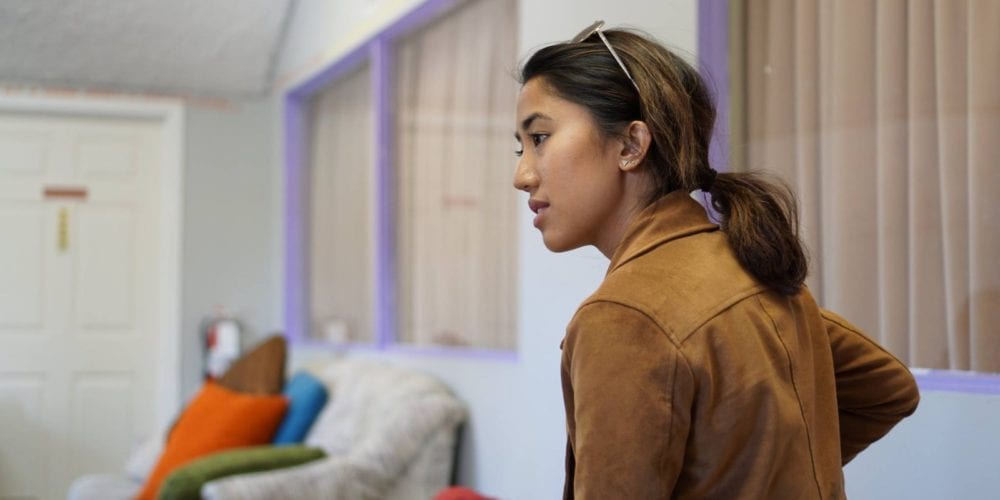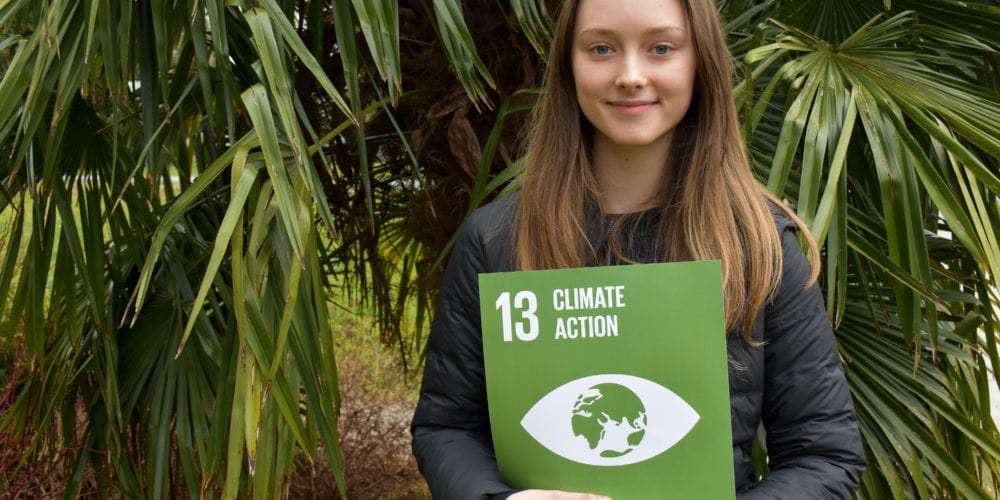“Do you have a community that stands behind what you stand for? And if you do, you’ll have more power. And if you don’t, you won’t.” – Barack Obama

The second step of mentorship is community building. (If you haven’t been following my articles, catch up by reading this and this!)
During this step, we ask students to send out a data-driven survey to the public, and speak to key community members about their project ideas. This is meant to gauge community support and build a consensus around implementing the project. This step is critical because action projects are exponentially more difficult to complete without community backing.
One school didn’t see the value in this step. They were so convinced that they had the right project idea that they refused to complete this step, deeming it a waste of time and resources. It was an uphill battle trying to teach these students the importance of community building. But because I communicate with students remotely, the students decided not to take my advice.
After a few updates here and there, I was finally able to schedule a call with the students. Turns out, despite implementing a new recycling program, hosting a school-wide assembly about environmental education, and organizing a used clothing swap, none of their projects turned out to be a success.

Moving forward, the students recognized that there was some sort of disconnect between their action projects and the community. They finally conceded and sent out a community survey positioned around what the community wanted to see implemented. The results provided them valuable insight into how the janitorial staff wanted students to take on a greater role in organizing recycling and waste, how the students wanted more interesting speakers and “hands-on” events to learn about sustainability solutions instead of a presentation, and how students were less interested in clothing swaps and more interested in bee-keeping.
By overlooking this step, students missed out on critical information that would have corrected their assumptions about community participation and support. There are many moving parts within systematic problems, and these moving parts involve real people, real needs, real opinions.
We’re in the business of empowering students to empower their communities towards real change. This means students learn to do the long and hard work of building a community to back this change. In this way, the process matters as much as the result.
For truly, truly, without community behind you: you and what army?

